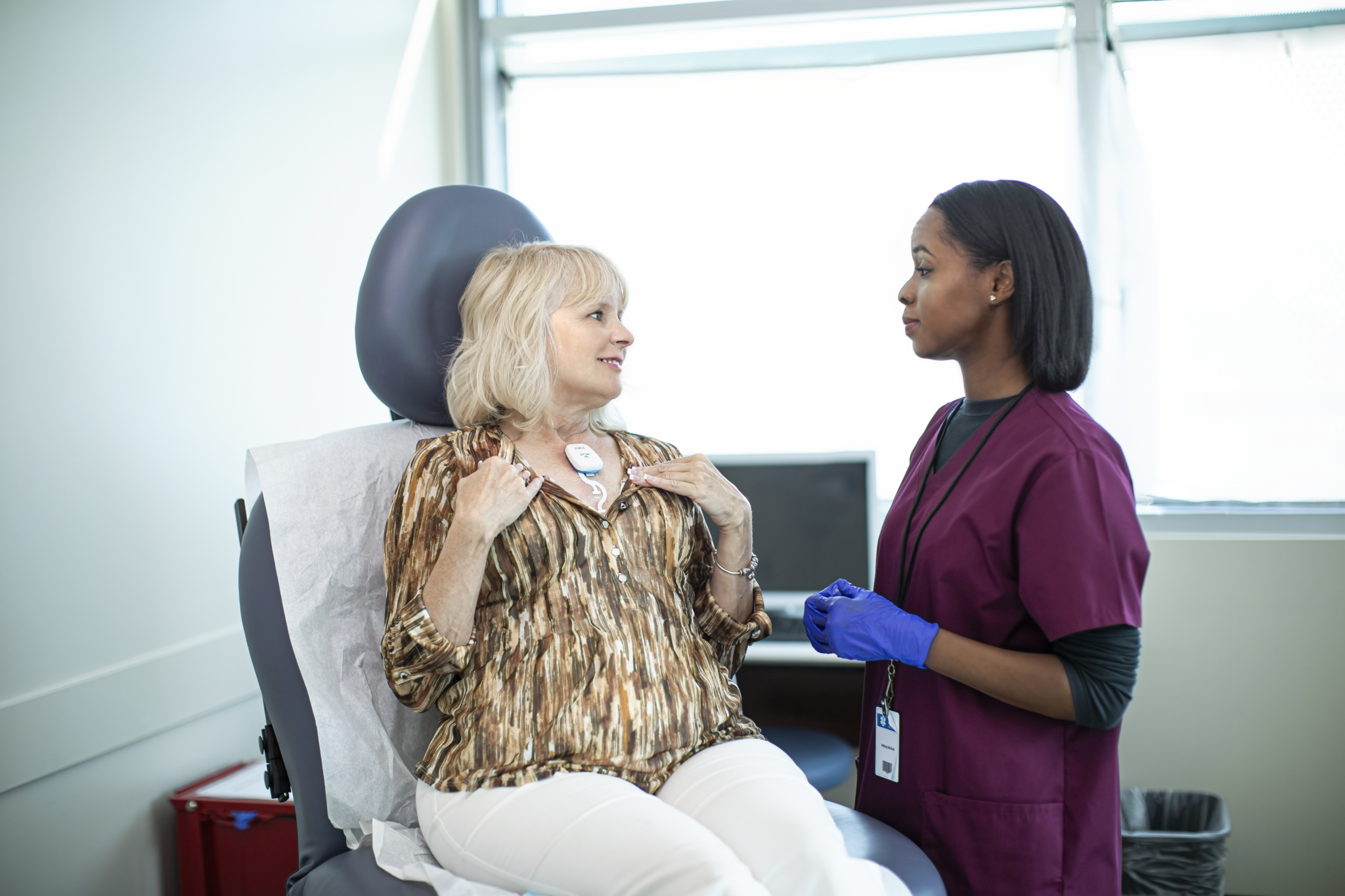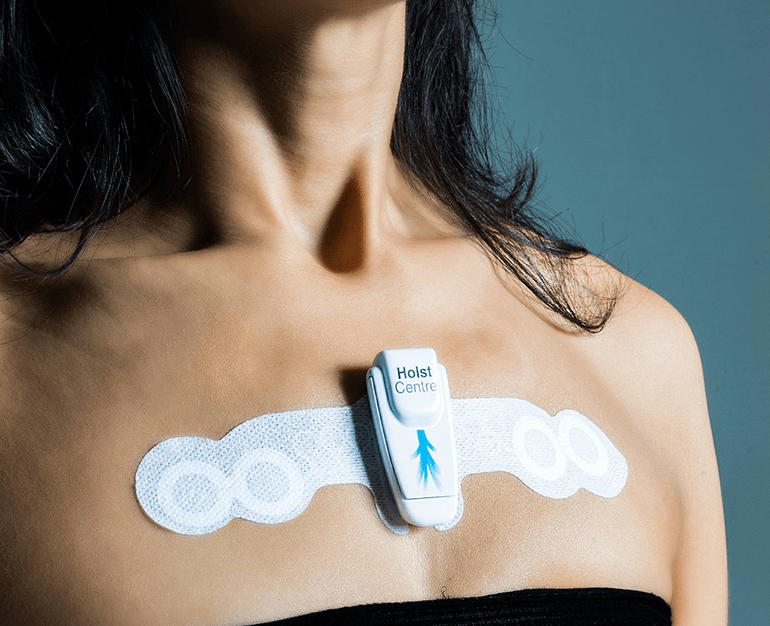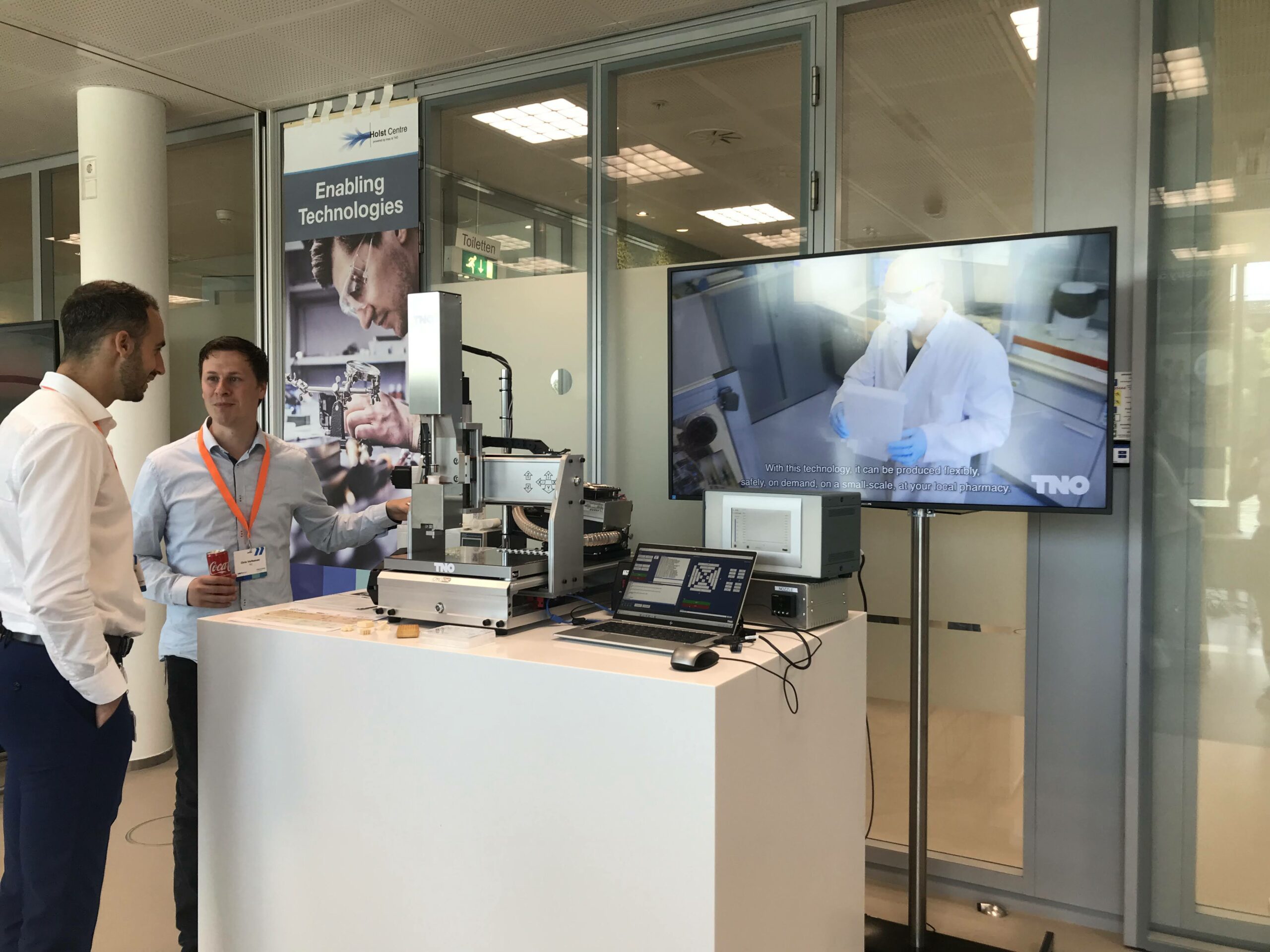Groningen Martini Hospital, an innovative clinical hospital with a specialist heart rhythm centre, will use a new service to diagnose patients with a possible heart rhythm disorder. Philips ePatch is used with the Cardiologs AI-based analysis platform. This solution has already proven its value for the cardiology team at Martini Hospital, which has been able to identify arrhythmias in several patients.
- The small electronic patch can provide patients with greater comfort and help improve the diagnosis of arrhythmia.
- The Holter monitor measures patients’ heart rhythm based on electrical activity.
- The introduction of ePatch is based on successful use in the United States.
These arrhythmias were observed due to longer monitoring duration, as conventional testing methods such as traditional Holter monitors or resting ECG testing have limited monitoring duration. The new approach offers cardiology and neurology teams a solution that provides improved options for detecting and diagnosing, among others, atrial fibrillation, a common, potentially life-threatening heart rhythm disorder.
According to the Heart Foundation, in the Netherlands there are 373,700 people who know they have atrial fibrillation. It is estimated that there are also 80,000 people with atrial fibrillation who don’t know it yet. This condition greatly increases the risk of stroke, dementia, and heart failure, but often goes undetected because it can be asymptomatic and uncommon. To find the cause, patients are often referred to a general practitioner or cardiologist who makes the diagnosis based on an electrocardiogram (ECG).
The ePatch system can replace traditional Holter sensors that may be uncomfortable for patients to wear, labor-intensive for healthcare providers, and provide limited monitoring duration. Continuous recording over a longer period based on ePatch provides more comprehensive data and insights into patients’ health.
on the chest
The sensor can be supplied in ready-made kits and is applied to the patient’s chest (sternum) by a cardiologist or nurse during a hospital visit. The sensor records and stores the patient’s heart data day and night for several days up to a maximum period of 14 days. The data is then retrieved and analyzed by software using artificial intelligence. This software fully automatically searches for irregularities that may indicate arrhythmia and translates them directly into a draft report.

Previously, patients had to use a traditional Holter monitor in which up to ten ECG electrodes, each with its own cable, were attached to the patient’s chest, linked to a large monitor worn on a belt. This can limit patients’ freedom of movement and thus may affect the diagnosis. Sensor application, data analysis, reporting, and the subsequent cleanup process can be labor-intensive and inefficient for healthcare providers. In addition, the Holter monitor is relatively expensive, and therefore usually has limited availability in hospitals, meaning patients have to wait for their tests.
Advanced technology
“Introducing this innovative program represents an important step forward in detecting and treating arrhythmias,” the doctor said. Robert Tillman, a cardiologist at Martini Hospital. “With easy-to-use and advanced technology, this software enhances our ability to monitor and support heart and stroke patients. In particular, the longer monitoring period and monitoring data with less noise during motion improve the detection of potential arrhythmias. This is very important for treatment Individuals for patients, because we can ultimately improve medical outcomes and quality of life.
“With ePatch being able to follow patients longer, we have a greater chance of detecting arrhythmias,” says Alexandra Bevers, cardiac function laboratory technician and Holter analyst at Martini Hospital. “Because the ePatch is a device that stays securely on the patient’s chest, compared to a traditional seven-electrode Holter monitor, it makes less noise and captures more reliable data allowing Holter analysts like me to get data faster. Evaluating and giving cardiologists the information they need They need it for diagnosis.
Workload
In addition to improving patient experiences and diagnostics, the Cardiology Department at Martini Hospital aims to significantly reduce the increased workload on staff through this program and reduce costs at the same time.

“Total coffee specialist. Hardcore reader. Incurable music scholar. Web guru. Freelance troublemaker. Problem solver. Travel trailblazer.”









More Stories
You have to try Limoncello jelly shots this summer
* Bella has been living with HIV for years: ‘It’s still a big taboo in Bonaire’
What are quasars, the brightest objects in space?